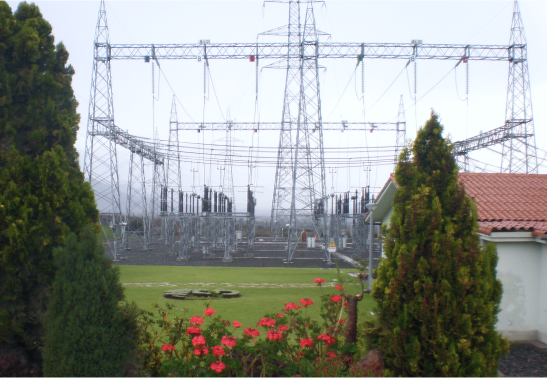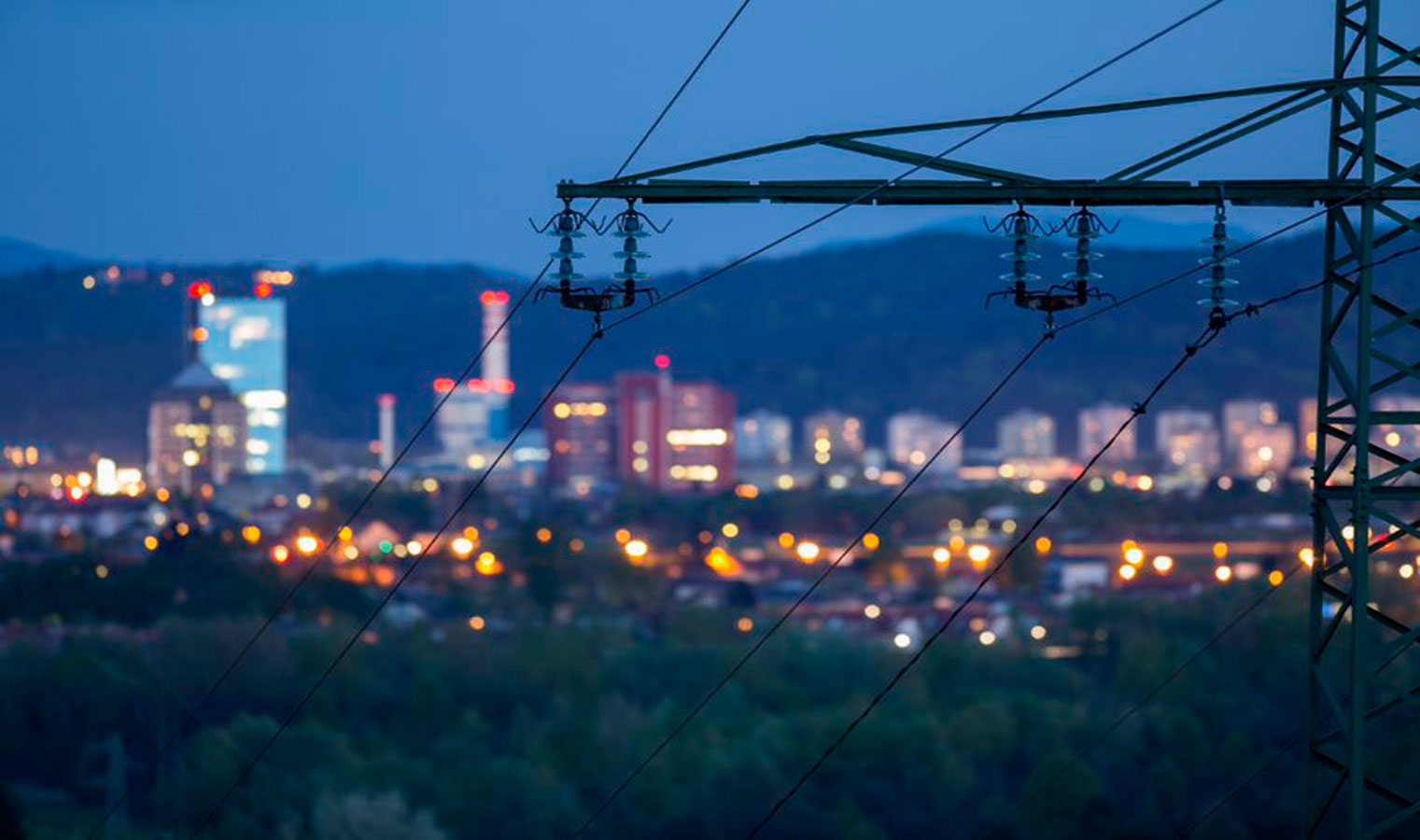For 40 years, we've been driving our country's economic and social progress. Four decades shaping Spain.
Electricity transmission grid
Electricity transmission grid
We have more than 45,500 km of line circuits that make up a meshed, reliable and secure network serving the entire country.

What is the transmission grid?
The electricity transmission grid is the backbone of the electricity system. It connects the electric power generation centres with distribution points and large consumers, as well as linking the national electricity system with neighbouring countries' systems.
Since the electricity generation plants and demand are in different locations, a grid is needed to transmit this energy efficiently and safely.
It is an essential service of general interest, so this activity is regulated through national regulations.
A meshed and secure network
The transmission grid comprises a set of facilities that forms a connected system so that electricity is accessible to the entire community safely and reliably. In Spain, the transmission grid operates mainly at 400 kilovolts (kV) and 220 kV on the peninsula, while in the Balearics and Canary Islands it runs at 220 kV, 132 kV, and 66 kV.
It consists of over 45,500 kilometres of high-voltage line circuits, more than 700 sub-stations, 6,000 bays, and over 200 transformers. These assets configure a meshed, reliable, and secure grid, providing the highest level of service quality to the national electricity system.
Transformers of generation groups, elements connecting these groups to the transmission grid, consumer installations for their exclusive use, and direct lines are not part of the transmission grid.
Primary transmission grid
Primary transmission grid
- Lines, switchyards, transformers, and other electrical elements with nominal voltages equal to or greater than 400 kV.
- Interconnections with non-peninsular territories' electricity systems.
- International interconnections.
Secondary transmission grid
Secondary transmission grid
- Lines, switchyards, transformers, and other electrical elements with nominal voltages equal to or greater than 220 kV not included in the primary grid and other facilities with nominal voltages lower than 220 kV that perform transmission functions.
Network elements
Key Figures
Km of electrical circuits
Sub-stations
Transformation capacity
Construction and maintenance
To design and build a transmission grid facility, we always start with a rigorous social, technical, and land survey of where it will be located.
Once the infrastructure is in service, we ensure it is always in optimal availability, reliability, and safety conditions by following an annual maintenance programme.

.png)
Technological innovation
The transmission grid has continuously evolving infrastructure that needs to be increasingly efficient, flexible, and smart to meet the challenges of the energy transition and the decarbonisation of the economy.
You may be interested in

Smart Grid Maintenance (SAGA)
We rely on an asset management system based on AI and a predictive model to optimise activity planning and maximise resource use.
















